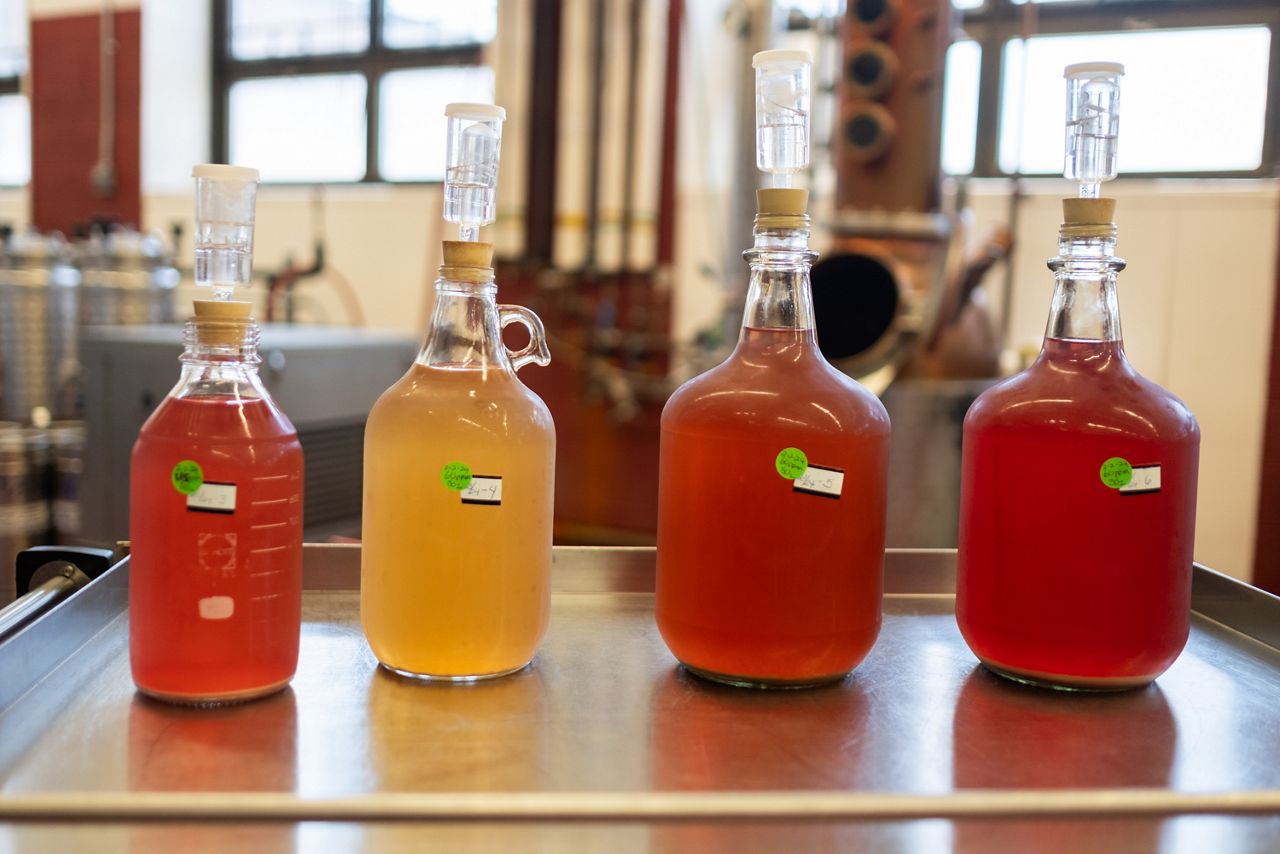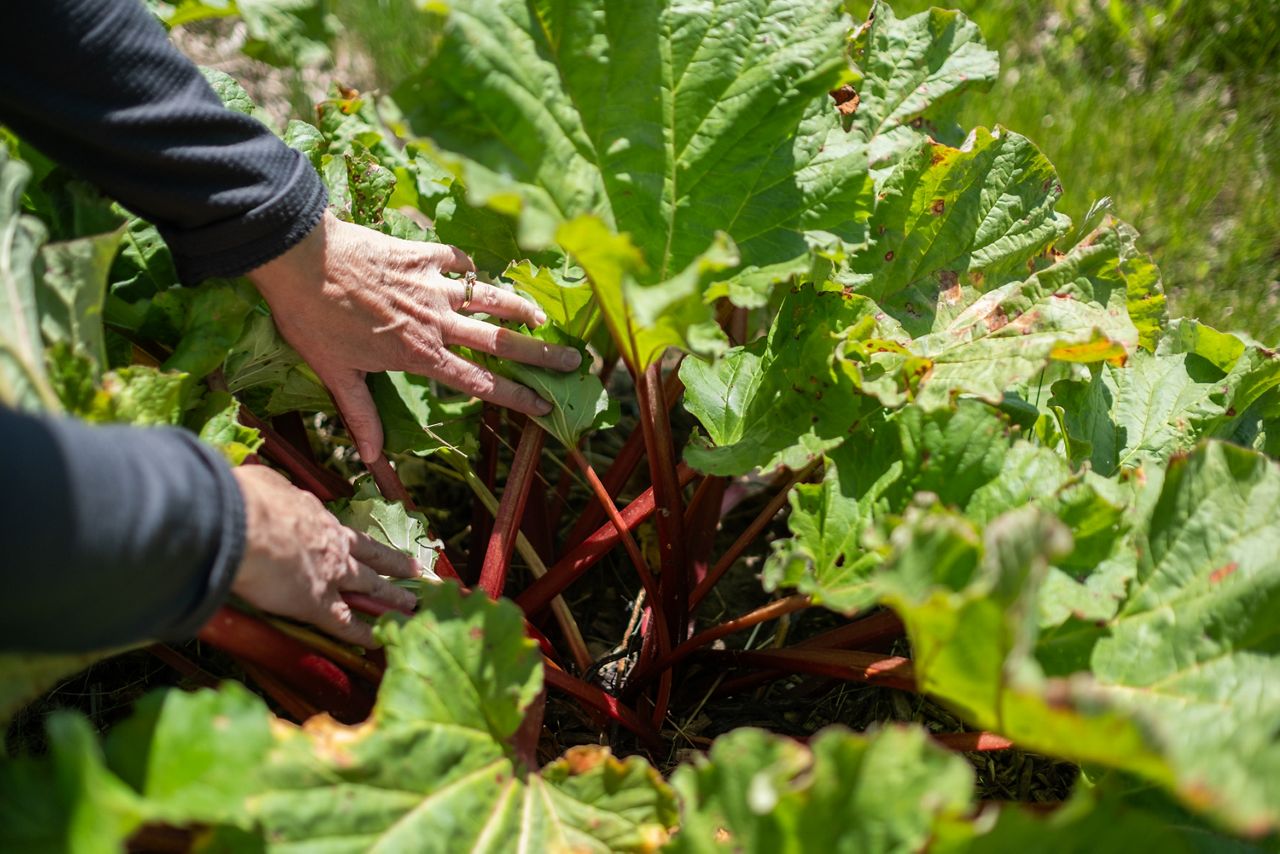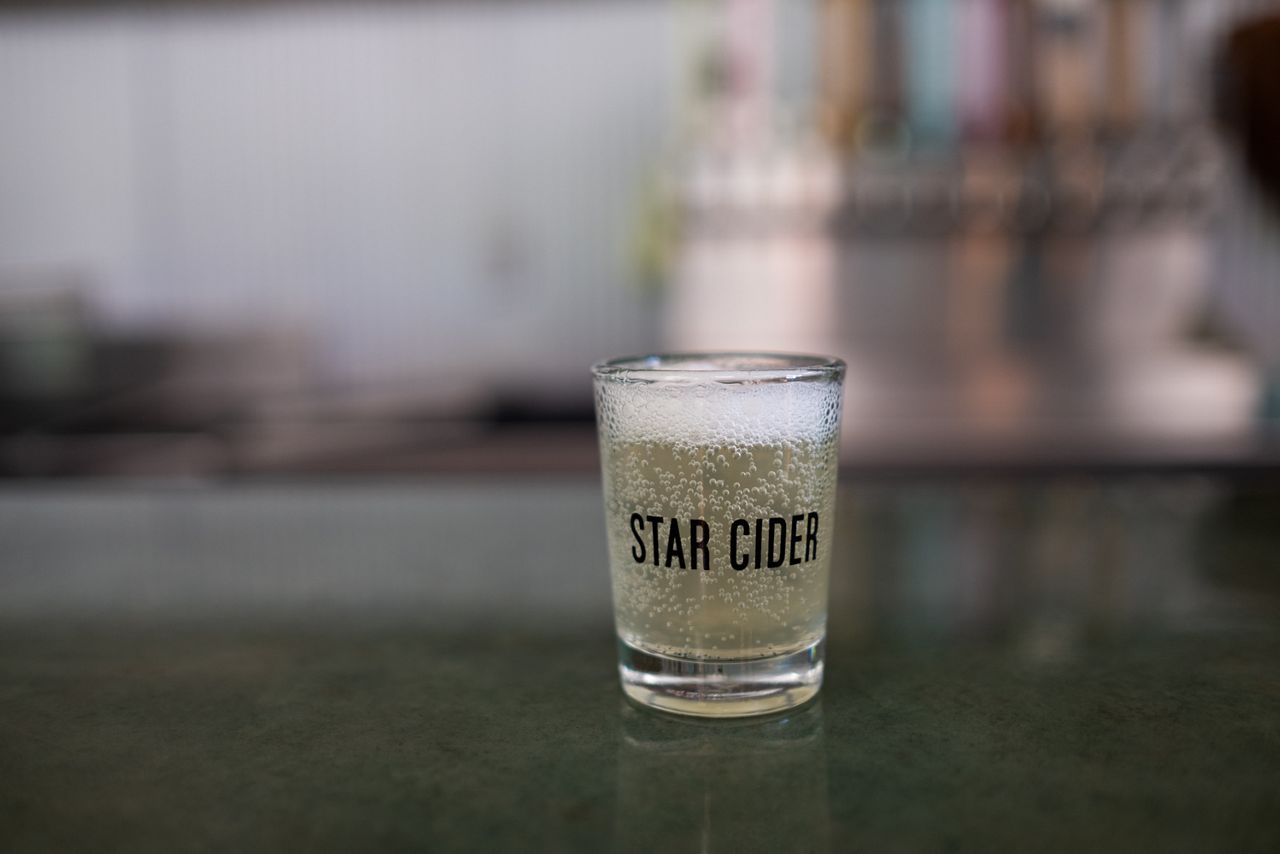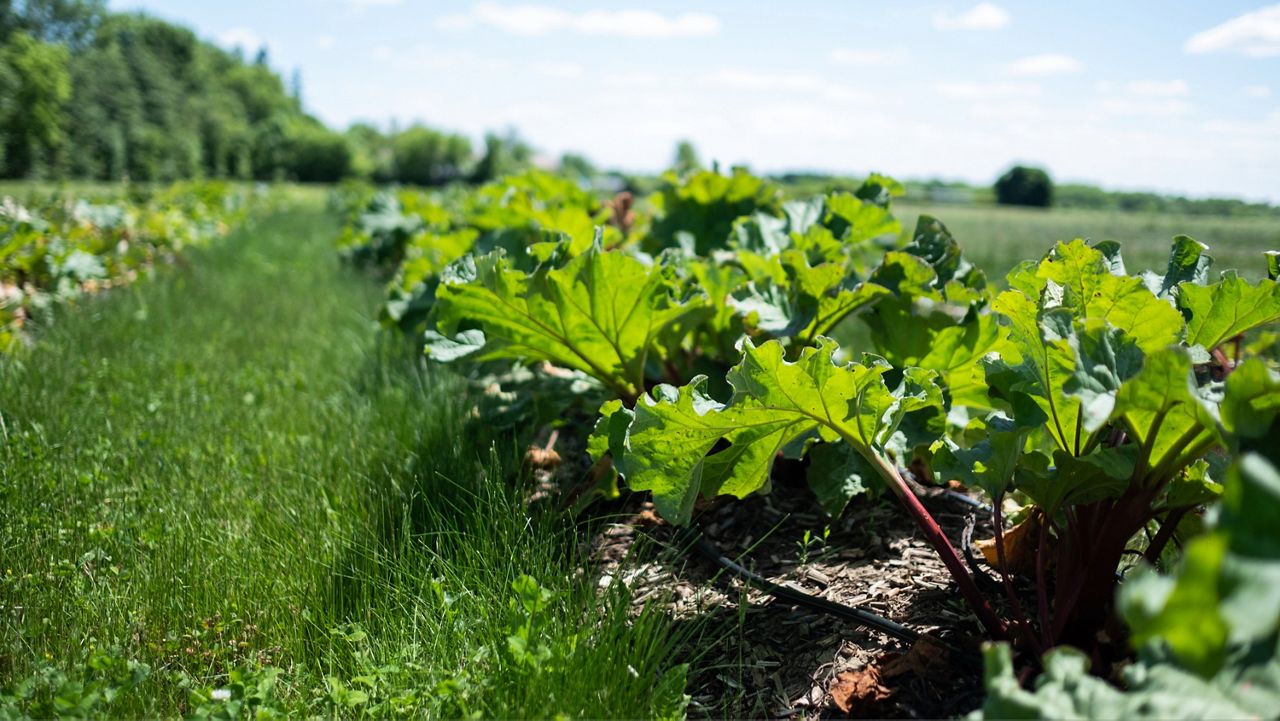Rhubarb is known for its tart flavor and celery-like texture, and now Cornell University researchers believe it could be a new staple for New York state cidermakers, winemakers and brewers.
Christine Smart, a plant scientist and associate dean of the college of agriculture and life sciences at Cornell University, has planted multiple varieties of the tart, bright red plant.

“There are not many growers that are actually growing known cultivars for a specific purpose, and so what we want to understand is what varieties of rhubarb are available and which variety is best for which purpose,” Smart said.
Many people are familiar with rhubarb as it often grows in backyards and gardens.
“It is perfectly suited for the climate in New York, it actually needs a cold winter. It likes the rain, which we get so we don’t have to irrigate, and there are a fairly small number of diseases and insect pests,” Smart said.

Cornell Agritech in Geneva has planted two rhubarb fields, including four varieties typically harvested for commercial use.
“We’ve kept them all separate so we can see what differences we can see between those commonly available varieties,” Smart said.
The other field includes varieties from the U.S. Department of Agriculture’s repository of rhubarb that they hope will help create varieties genetically suited for New York.
“One of the things I’m really interested in is understanding if it’s genetics or the environment that’s modifying the flavor of the rhubarb,” Smart said.
Some varieties are tarter and others are sweeter making them more suitable for use in beverages and others for pies. Rhubarb is also popular in the United Kingdom and Scotland for flavoring gin, Smart said.

Chris Gerling, a senior extension associate for enology at Cornell University, said he hopes rhubarb can become a more seasonal flavor for consumers.
“We are always looking for things that are novel, things that are local that we can grow in New York state, so this is something that checks all those boxes,” Gerling said.
He compared it to something that people look forward to seasonally like strawberry or apple picking.
“Like the pumpkin spice of the spring,” Gerling said.
Part of the challenge is processing the rhubarb into a form that can be used in beverages.
“It’s not as simple as just pressing it like grapes or apples so there is a bit of a process. There’s not any widely available commercial machinery right now for chopping it so that’s kind of a hand process right now,” Gerling said.
Improvements on how to process the rhubarb is something they are going to continue working on, Gerling said.

Rhubarb isn’t an entirely new flavor to some wine and cidermakers. Star Cider in Canandaigua, owned by Cortni and Adam Stahl, created a rhubarb cider in 2015 and brought it back this year in the nature series.
“We kept it pretty dry, and we kept the tartness to it, so we don’t really add any sugar or anything like that,” assistant cidermaker Kelsie Johnstone said.
In addition to the flavor, different varieties of rhubarb create assorted colors. The rhubarb Star Cider used this year didn’t add much color but in the past it has added a pink hue to the beverage.
The cider has been popular among those that like rhubarb, but they wanted to try something seasonal that would change things up, Johnstone said.
“We’ve always talked about wanting to do a big batch of strawberry rhubarb or something like that, too,” she said.



